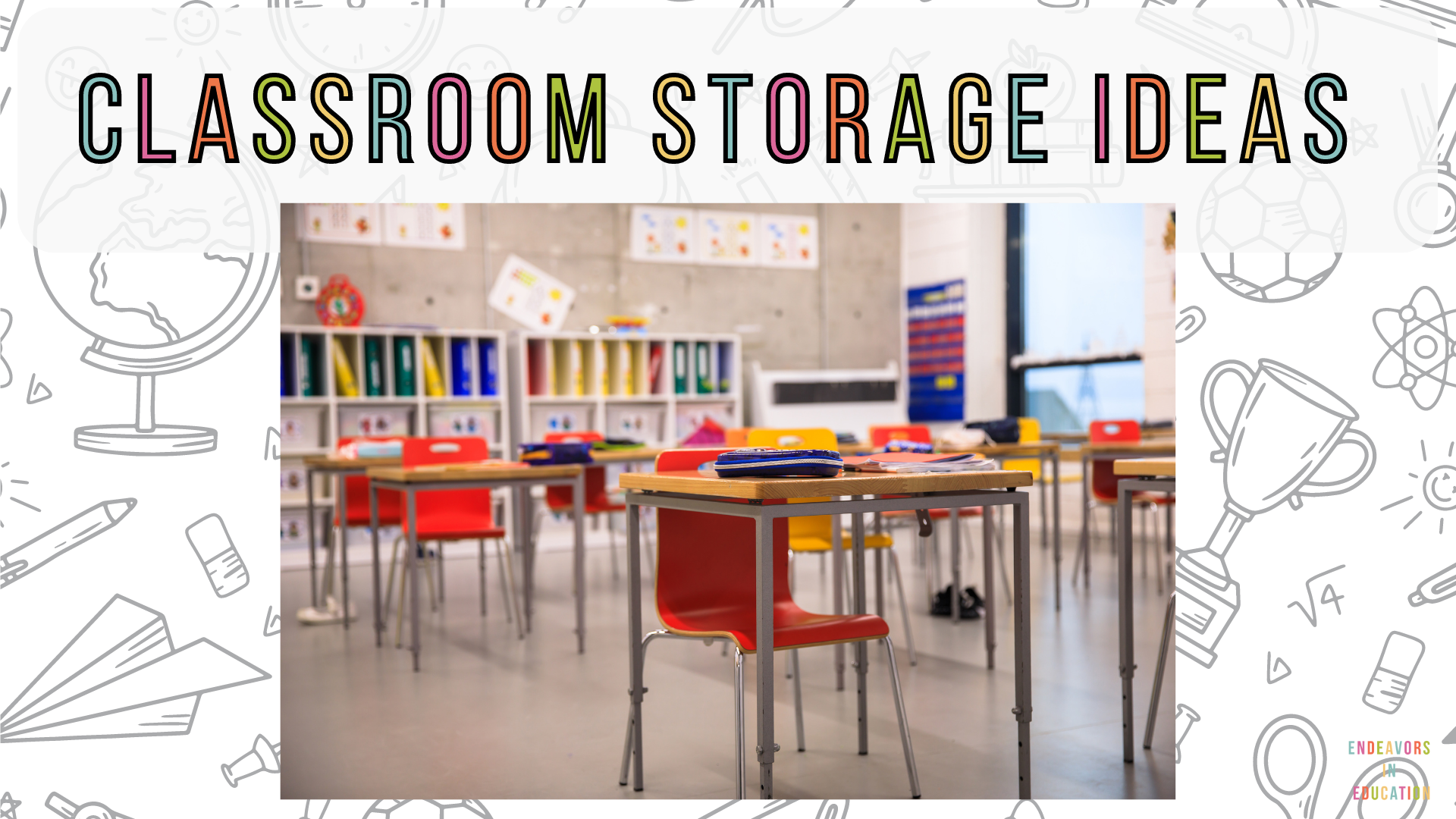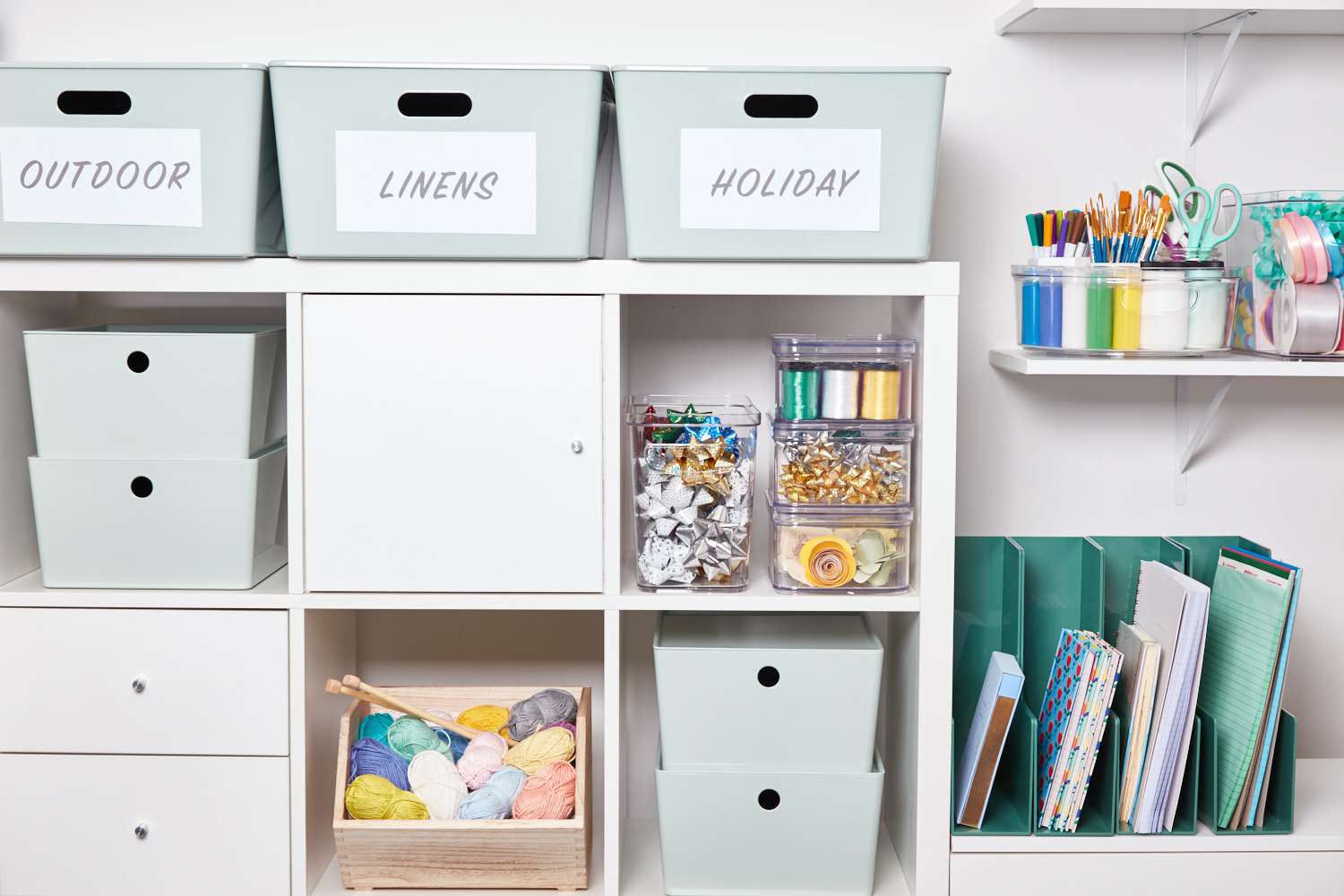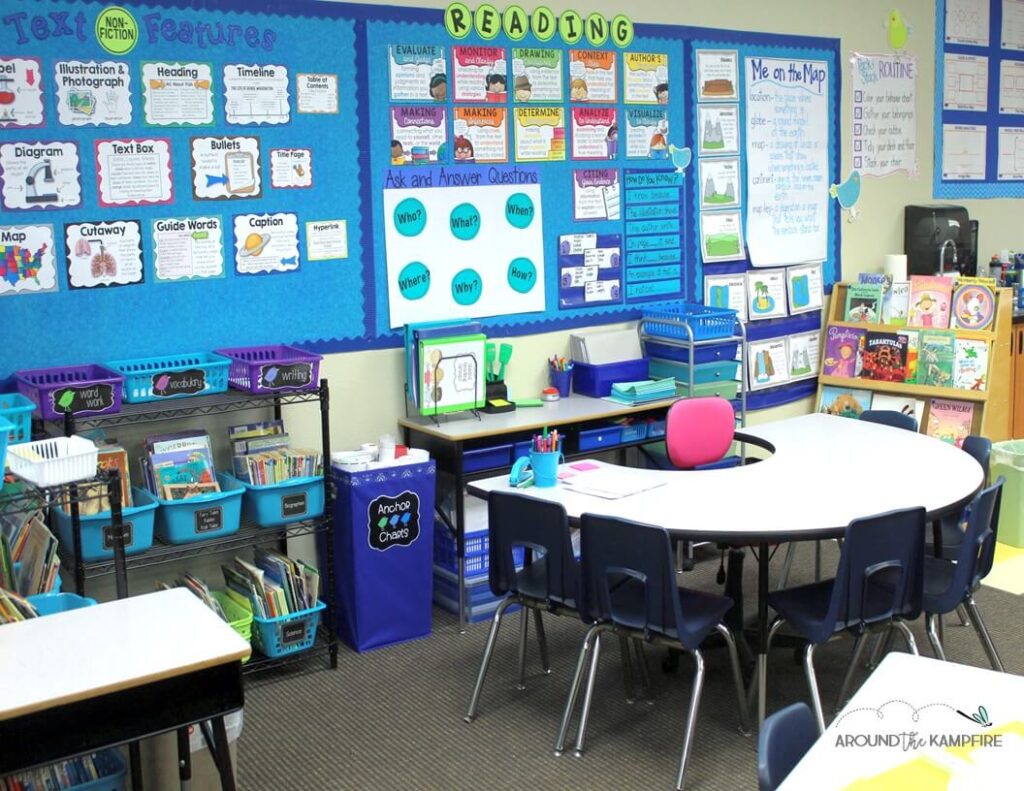
Creating a structured and orderly environment is vital in any educational setting. A well-organised classroom not only facilitates a smoother educational process but also promotes a positive and focused learning atmosphere. This guide delves into practical and innovative strategies for classroom storage and organisation. From selecting the right furniture to optimising underutilised spaces, and from managing technology to involving students in the organisation process, this comprehensive guide provides educators with actionable tips and ideas. Whether you’re setting up a new classroom or reorganising an existing one, these insights will help you create a space that is both functional and conducive to learning. Let’s explore how to transform your classroom into an organised, efficient, and engaging learning environment.
A well-organised classroom is key to creating an effective and conducive learning environment. Classroom storage and organisation play a crucial role in maintaining order, reducing clutter, and maximising the available space. From ergonomic office chairs to creative storage solutions, this guide will help teachers, educators, and anyone involved in classroom management achieve an organised and productive learning space.
Choosing the Right Furniture

Ergonomic Office Chairs
The comfort of students and teachers alike is paramount for a productive classroom. Ergonomic office chairs are essential for promoting good posture and providing comfort during long hours of learning and teaching. Consider these factors when choosing ergonomic office chairs:
Adjustability: Opt for chairs with adjustable features like seat height, backrest, and armrests to cater to different body types.
Ergonomic Design: Look for chairs with an ergonomic design that supports the natural curvature of the spine, reducing the risk of back pain.
Durability: Invest in sturdy chairs made from high-quality materials to ensure they can withstand the wear and tear of daily classroom use.
Mobility: Chairs with casters provide mobility, allowing students to move around the classroom without the need to lift and rearrange heavy chairs.
Effective Classroom Storage

Classroom Shelving
Proper storage solutions are essential for keeping educational materials, supplies, and student work organised. Classroom shelving is a versatile option for achieving this. Consider these tips when selecting classroom shelving:
Adjustable Shelves
Opt for shelving units with adjustable shelves to accommodate items of various sizes and adapt to changing classroom needs.
Labelling
Use clear labels to identify the contents of each shelf, making it easy for students and teachers to find what they need quickly.
Colour Coding
Assign colours to different subjects or categories, simplifying the organisation of materials.
Mobile Storage Carts

Mobile storage carts are a flexible solution for storing and organising teaching materials. These are especially useful for shared spaces or classrooms with limited storage. Consider these points when choosing mobile storage carts:
- Versatility: Select carts with multiple compartments or drawers to store a variety of materials, from textbooks to art supplies.
- Locking Wheels: Opt for carts with locking wheels to ensure stability and prevent unwanted movement.
- Easy Access: Look for carts with easy-to-open drawers and compartments for quick access to materials during lessons.
Creative Organisation Tips
Wall Organisers
Wall organisers are an excellent way to maximise space and keep classroom essentials within easy reach. Here are some ideas for effective wall organisation:
- Pegboards: Install pegboards to hang items such as markers, scissors, and small whiteboards.
- Pocket Charts: Use pocket charts to store and display homework assignments, student work, or important announcements.
- Shelving Units: Wall-mounted shelves can hold reference books, planters, or decorative items to make the classroom more inviting.
Student Cubbies
For younger students, cubbies are a valuable organisation tool. Assign each student their own cubby for storing personal items like backpacks, lunchboxes, and classroom supplies. This fosters independence and teaches responsibility.
Maximising Space with Vertical Storage
Effectively using vertical space can transform classroom organisation. Stackable containers are perfect for storing classroom supplies, and choosing transparent containers allows easy visibility of contents. Hanging file organizers are ideal for keeping important documents and student portfolios organised. Over-the-door storage utilizes the back of the door for extra storage space, suitable for items like art supplies.
Utilising Underused Areas
Utilizing every inch of the classroom is crucial. Under-desk storage, such as small rolling carts or drawers, can be placed under desks for additional supplies. Corner shelves make use of often neglected corners, providing extra space for books or display items. The space behind a movable whiteboard can serve as hidden storage for seasonal items or less frequently used materials.
Technology and Equipment Management
With the integration of technology in classrooms, managing these tools is essential. Setting up charging stations for tablets and laptops keeps them organised and ready for use. Cord organizers help keep cords from tangling and maintain a neat appearance. Tech storage lockers are ideal for securing expensive equipment when not in use.
Personalised Student Areas
Giving students a sense of ownership can aid in maintaining an organised classroom. Assigning each student a labeled area for their belongings not only helps in organisation but also fosters a sense of belonging. Personal supply kits, as opposed to communal supplies, allow each student to manage their own materials.
Classroom Layout Strategies
The arrangement of furniture and resources significantly impacts the space’s functionality. Incorporating different seating options like bean bags or floor cushions caters to various learning styles. Creating defined zones for different activities, such as a reading corner or art station, helps in organisation. Using mobile furniture allows for easy reconfiguration of the classroom layout based on the lesson or activity.
Incorporating Student Participation
Involving students in the organisation process is both educational and effective. Assigning classroom jobs like ‘Librarian’ or ‘Supply Manager’ helps maintain specific areas. Organising challenges can motivate students to keep their areas tidy. Regular feedback and suggestions from students can lead to improvements in classroom organisation.
Conclusion

Creating a well-organised classroom enhances the learning experience for both students and teachers. From selecting ergonomic office chairs to implementing effective storage solutions, these tips can help you maintain an orderly and productive classroom environment. By investing in the right furniture and using creative organisation techniques, you’ll set the stage for a successful educational journey.












